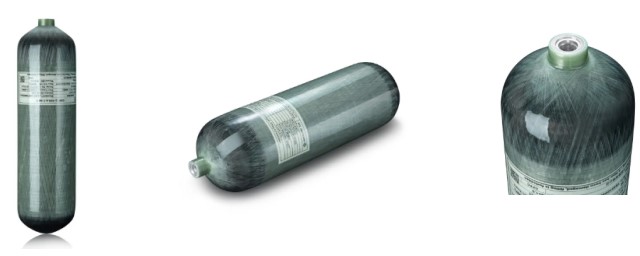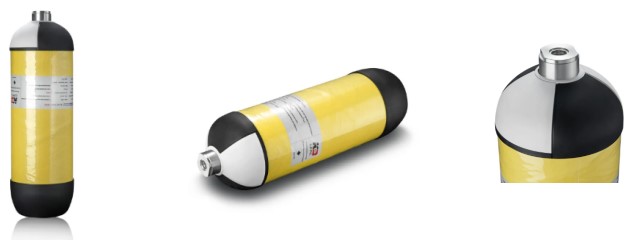Introduction
In the fast-paced realm of Emergency Medical Services (EMS), the availability and reliability of medical oxygen can mean the difference between life and death. This article delves into the importance of efficient oxygen storage solutions, exploring their applications, challenges, and the technological advancements that have significantly improved emergency medical responses.
Oxygen’s Role in EMS
Oxygen therapy is a crucial intervention in emergency medical care, vital for patients experiencing respiratory distress, cardiac conditions, trauma, and various other medical emergencies. The immediate availability of medical-grade oxygen can improve patient outcomes, stabilize conditions, and, in many cases, save lives before reaching a hospital.
Applications and Use Cases
Emergency medical technicians (EMTs) and paramedics rely on portable oxygen cylinders to administer oxygen therapy on-site and during transport. These cylinders are equipped in ambulances, emergency response vehicles, and even in first-responder kits for quick deployment at the scene of an emergency.
Challenges in Oxygen Storage
1.Portability: EMS requires lightweight, durable oxygen cylinders that can be easily transported to and within emergency scenes.
2.Capacity: Balancing cylinder size with sufficient oxygen supply to meet varied on-scene requirements without frequent replacements.
3.Safety: Ensuring cylinders are stored and handled safely to prevent leaks and explosions.
4.Environmental Conditions: Oxygen cylinders must function reliably across a range of environmental conditions, from extreme cold to heat.
Technological Progress
Recent advancements in oxygen storage technology have significantly addressed these challenges:
- Composite Materials: Modern oxygen cylinders are now made from advanced composite materials, such as carbon fiber, offering a remarkable reduction in weight without compromising strength or capacity.
- Digital Monitoring: Integration of digital monitors allows for real-time tracking of oxygen levels, ensuring timely refills and maintenance.
- Regulatory Compliance: Advances in manufacturing and testing have improved the safety and reliability of oxygen cylinders, adhering to strict regulatory standards set by healthcare and safety authorities.
- Innovative Delivery Systems: Developments in oxygen delivery systems, such as demand-valve devices, improve the efficiency of oxygen use, extending the supply duration of each cylinder.
The Importance of Reliability
The reliability of oxygen storage is paramount in EMS. A failure in the oxygen supply system can have dire consequences, making it essential that all oxygen cylinders and delivery systems are regularly inspected, maintained, and replaced as necessary. EMS providers must also have protocols in place to ensure an uninterrupted oxygen supply throughout patient care.
Educational and Training Aspects
Proper training for EMTs and paramedics in the use of oxygen delivery systems is vital. This includes understanding the equipment, recognizing when oxygen therapy is needed, and administering it safely and effectively. Continuous education on the latest oxygen storage solutions ensures that emergency responders can leverage these advancements to provide the best possible care.
Future Directions
The future of oxygen storage in EMS looks promising, with ongoing research and development focused on further reducing cylinder weight, increasing oxygen capacity, and enhancing safety features. Innovations such as oxygen concentrators and liquid oxygen systems may offer alternative solutions, providing longer-lasting and more flexible oxygen supply options for emergency medical services.
Conclusion
Reliable oxygen storage is a cornerstone of effective emergency medical services. Through a combination of advanced materials, technology, and rigorous training, EMS providers can ensure that life-saving oxygen therapy is always available when and where it’s needed most. As technology progresses, the hope is that further improvements in oxygen storage and delivery will continue to enhance the capacity of EMS to save lives and improve patient outcomes in emergency situations.
Post time: Feb-01-2024


